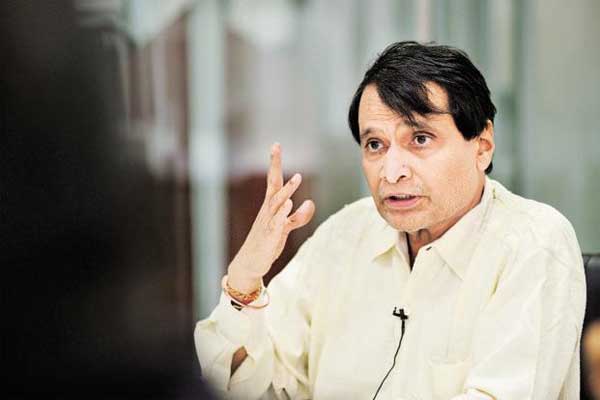New Delhi, July 18 India has requested Oman to reduce customs tariff on Indian chemical products, which would provide better market access to them in the Gulf nation, India’s Commerce Ministry said on Tuesday.
A statement issued at the end of the 8th session of the India-Oman Joint Commission meeting (July 16-17) in Muscat also said that both sides agreed to obtain their respective internal approvals for early finalisation of a bilateral Double Taxation Avoidance Agreement (DTAA).
“India requested for reduction in customs tariff on Indian chemical products exported to Oman, which is about 5 per cent. The reduction of tariff on items such as dyes, inorganic and organic chemicals, agro-chemicals and cosmetics would provide better market access,” it said.
The India-Oman Bilateral Investment Treaty (BIT) is under revision, it noted.
Visiting Commerce Minister Suresh Prabhu headed the Indian delegation to Muscat. The Omani team was led by Ali bin Masoud Al Sunaidy.
India informed Oman that since the Urea Off Take Agreement (UOTA) was valid till 2020, talks should start for extension of UOTA beyond 2020 and up to 2025. The Omani side said that it was willing to consider extension of the existing UOTA beyond 2020, the statement said.
India is also proposing continuation of existing prices for the extension of validity of the Gas Supply Agreement (GSA).
According to the ministry, a proposal for an India-Oman joint venture for setting up the world’s largest waste-to-energy plant in India is under consideration.
“This joint venture will generate 200 gigawatt energy per year by processing around 9,000 tonnes of municipal solid waste per year. India informed that the government is awaiting the response from Oman,” it said.
India and Oman also agreed to cooperate in the field of tourism. The other areas of cooperation include mines, telecom and IT, space, health and education.
India-Oman trade has increased to $6.7 billion in 2017-18 from $4.13 billion in 2014-15.
